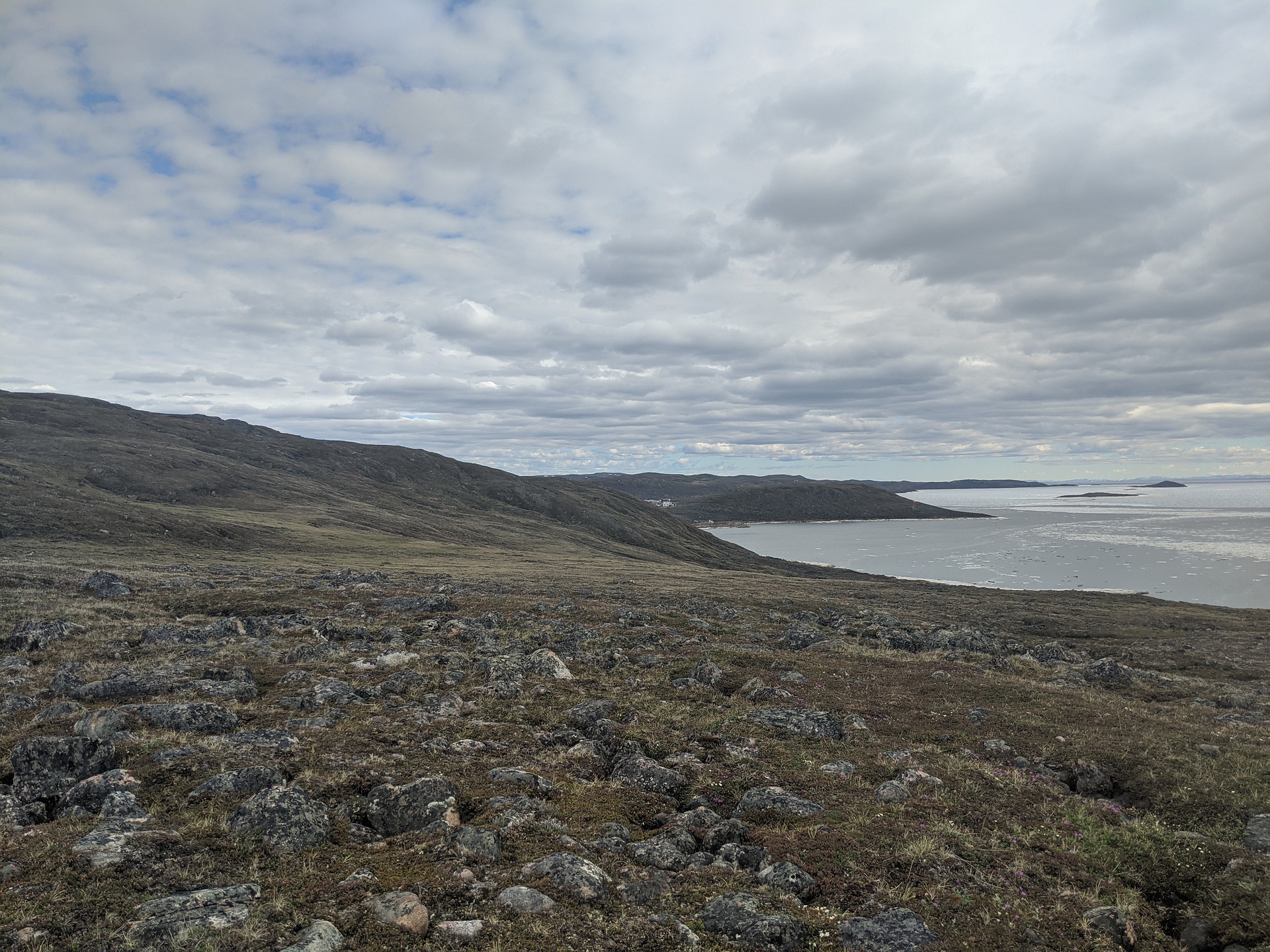A quality attribute, in systems engineering, is a non-functional requirement. I think of them as adjectives that describe a system. They’re useful tools. There are dozens of quality attributes in systems engineering: accessibility, accuracy, durability, flexibility, observability, repeatability, safety, sustainability, testability, upgradeability, usability, vulnerability and so on. They’re useful tools because they’re the core of discriminator statements, and as such, can help us think about Need-Solution Pairs. Quality Attributes and Need-Solution Pairs What if, in the context of a Need-Solution pair (von Hippel and von Krogh (2016)), a solution can have a large number of quality attributes? When comparing a product to a substitute, you can think of faster, cheaper, and easier. This laptop is faster than that one. It’s[…]
Category: Business
Von Hippel is onto something with the idea of need-solution pairs. This is how I understand the idea: Most management literature is focused on problem definition. (See: James G March for one of the best models of how problems drives search). Often, searches are sparked by a problem. But what if it isn’t always sparked by a problem? Von Hippel argues that search isn’t always motivated by formalized problems. Sometimes people are just discovering alternatives based on needs, and then, they compare a new alternative to the status quo. If the alternative is predicted to be better than the status quo, then the alternative will be substituted. If not, it’s rejected. This is a kind of a neat way to[…]
“I’m seeing things Believe me I’ve never seen before Little things Deceive me” Seeing Things, Theme Song, 1981 One common formula for a product vision comes from Steve Blank (2010, 2020). It goes like this: “For <customer segment> our product, <product name> is a <name the sector that customers say> that <benefit>. Unlike <competitors>, our product <discriminator>. Our product is <product name>.” And each bit of that formula can be systematically turned into a set of hypotheses that can be tested and refined until the vision is sufficiently true, or likely, to create a wonderful business if scaled. Blank himself repeats that entrepreneurs are rule breakers, so it’s really up to them which ones they want to break. Osterwalder and[…]
Leopold makes the argument that business agility isn’t software agility [1]. It’s a very good argument. Here’s a few ways to think about Leopold’s insight. Most products are static. A pie is made, purchased, and consumed. As are most physical goods: toasters, fans, mattresses, tables and so on. Most goods leave a residue behind but their core essence is completed. A toaster will persist in the landfill unless it’s dug up later. Otherwise, it’ll go onto form a line in the geological strata. Most virtual goods are static too. A lottery ticket, a podcast, a book, a brand marketing campaign, an episode of Avenue5. Most of these goods are shipped and then they’re effectively gone from their creators. They leave[…]
Canada is a land of many Canadas. There’s the Maritime version, the Montreal version, the inland BC version…so many versions really. In spite of how different those Canada’s are – they’re all down South. The North is entirely different. More people live on Prince Edward Island (~160,000 people over ~5400 KM^2) than the entire North (~126,000 over ~2.5 million KM^2). I don’t even fully comprehend just how different life is in the North. It’s always been expensive and hard to get up North. It’s brutal by foot and paddle. It’s expensive by boat, rail, truck and airplane. The most obvious factor is the distance. The spaces are vast. Less obvious is how much more expensive it is to build transportation[…]
The Canadian state has had an interesting relationship with networks since the beginning. Networks connect things and enable outcomes. Those who direct and influence the State have preferences for what those outcomes should be. To understand how the state is grappling with the consequences of social networks, it might be useful to look at how it has grappled with physical networks. We’ll begin with some basic theory about the Canadian State. Canada is made of citizens. Some of those citizens become leaders. Those leaders try to create some explainable representation of society’s optimal social welfare function, and package it into something people can recognize, understand and vote for. They do that because they need the consent of the citizens in[…]
Walter Gretzky is credited with the quote: “Go to where the puck is going, not where it has been.” Walter used socratic questioning to teach his son, Wayne, hockey strategy. Here’s the full context from Wayne’s perspective: Him: “Where do you skate?” Me: “To where the puck is going, not where it’s been.” Him: “Where’s the last place a guy looks before he passes it?” Me: “The guy he’s passing to.” Him: “Which means…” Me: “Get over there and intercept it.” Him: “If you get cut off, what are you gonna do?” Me: “Peel.” Him: “Which way?” Me: “Away from the guy, not towards him.” (Gretzy, Reilly, Gretzky: An Autobiography p. 88) Puck On To win a game of ice[…]
If you need a tool to break down complex scenarios, this approach, a tool using decision forests, might be right for you. By the end of this post, you’ll be able to use the gentler, forward, variant of dancing in a decision forest. This is a post is intended for a curious audience. Decision You’re an extraordinary assembly of chemical gradients. At any given moment you have the opportunity to make millions of decisions. The crudest segmentation, the roughest way I can impose order on all of this complexity is divide them up in two types of decisions: to act, or to not act. Further, when you decide to act, there are two broad types of actions: explore and exploit.[…]
Software agility is not business agility (Klaus, 2018). If that sounds true to you, then the rest of this post should be a fun read. If it is not, this may be challenging. It could still be a fun read. Software Agility The collection of knowledge called Agile Methods, as applied to developing valuable software, is deep and broad. Much of the variance both within communities and across communities is caused by the ambiguities in their experiences and where they’re at in their personal and leadership development. There are good reasons for the distinctions among the different forms of Agile. The Universe is whatever you say it is, so just say. Business, Busyness, Problems Have you ever participated in a[…]
Marty Cagan lists four big risks in product development: value risk (will they buy it?) usability risk (can they figure out how to use it?) feasibility risk (can engineers build it?) business viability risk (can the business work with it?) Cagan’s framework is a great read. I’d like to build on and acknowledge Cagan’s ideas here. The intimate relationship Canadians have with risk Water is to fish as risk is to Canadians. If you aren’t from here, maybe you’d be in a better position to see it. There’s a skill, called inversion, that I think Canadians are pretty good at. You imagine the worst that can happen, and then you write plans to avoid those nightmare from coming true. It’s a good skill. I[…]








